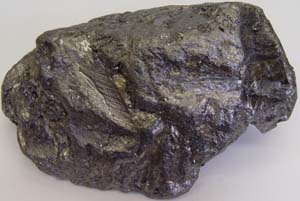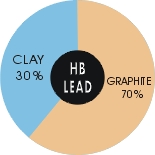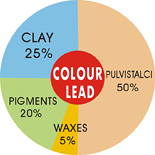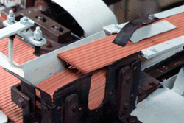
There was a terrible storm in near Borrowdale, England in 1564. As most bad storms do, it caused some damage to the surrounding area. An oak tree fell and a group of shepherds in the area found a large graphite deposit. At first they thought the deposit was coal. However, it did not burn like they expected. They then realized that the raw material made dark marks, much darker than the previous lead, and they began to use it to mark sheep. However, the graphite was soft and brittle, which caused some problems for the people trying to write with it. The story continues when someone decided to wrap string around the graphite to make it a little stronger. Eventually, another brain decided that the graphite should be placed in wooden sticks. The problem was, these wooden sticks had to be hollowed out by hand. Konrad Gesner of Switzerland, wrote the earliest description of this "pencil" in his Treatise on Fossils. It shows a picture of this author depicting "a wooden tube holding a piece of graphite." This "Gesner pencil" has a special history because some people believe it was used by Shakespeare.

GRAPHITE
Ingredient Proportion of Pencil Lead
 COLOUR PENCIL LEAD
COLOUR PENCIL LEAD 



